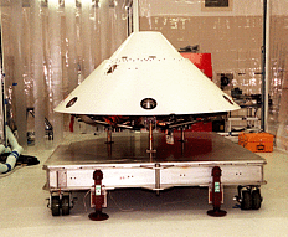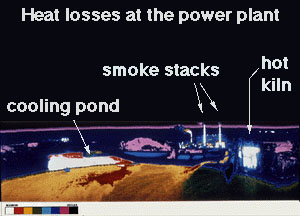Exploratour - Mars Exploration
Mars Polar Lander and Climate Orbiter
The Mars '98 mission was designed to be a study of Martian climate, weather, and surface properties at the Martian south pole. Mars '98 was supposed to build upon the discoveries of the Mars Pathfinder and Mars Global Surveyor missions by digging into the Martian surface in search of water. The south pole of Mars is an important region because of the unusual terrain found there, and the possible importance of the region to the overall weather and climate of Mars.
Mars '98 consisted of two spacecraft, one a lander dubbed the Martian Polar Lander, which was going to land on the surface of Mars and dig into the soil with a robot arm, and an orbiter, which would have remained in orbit around Mars, dubbed the Martian Climate Orbiter.
Unfortunately, both spacecraft were lost during the mission. A math error caused the orbiter to burn up in Mars' atmosphere, and the lander failed to reach the surface safely.












